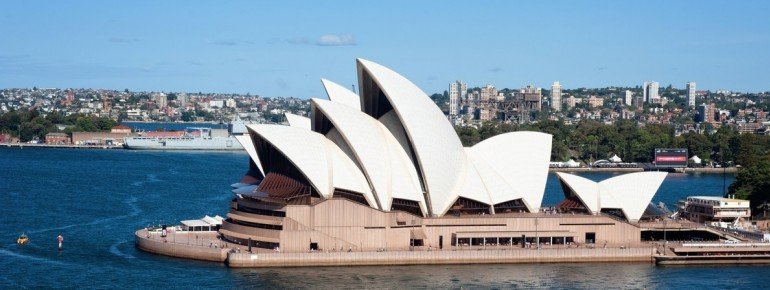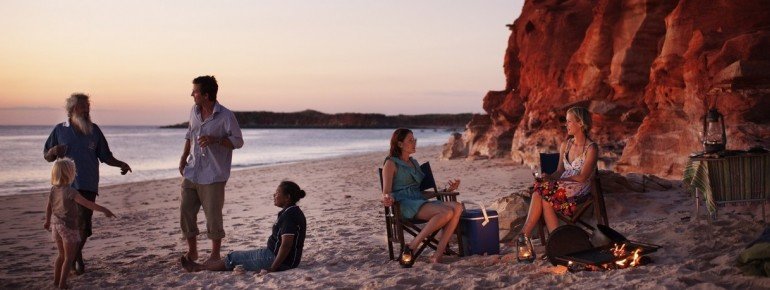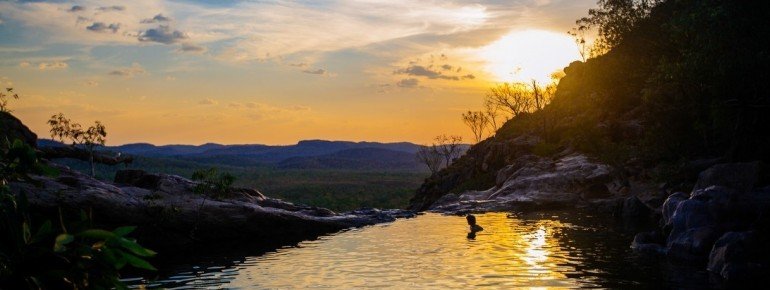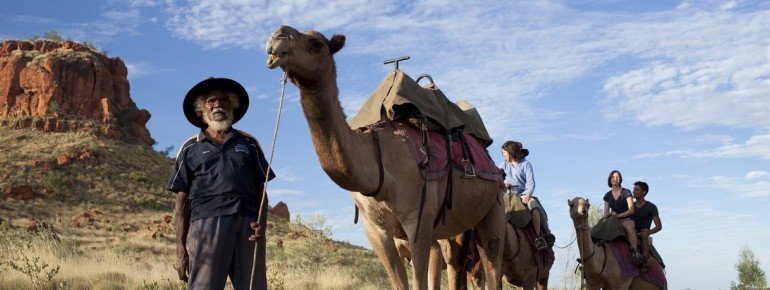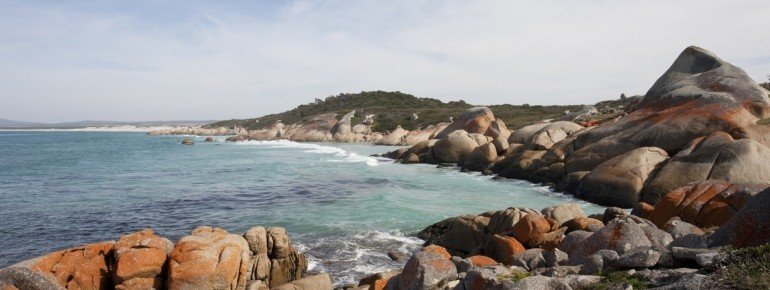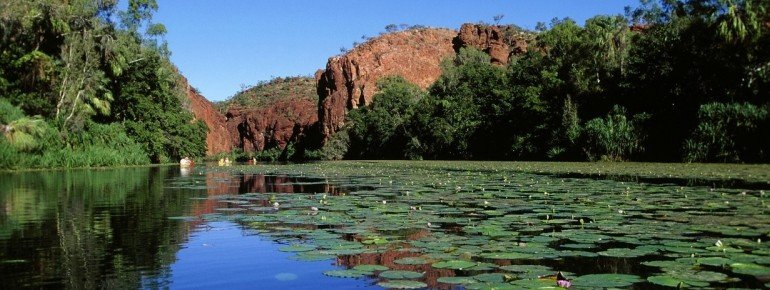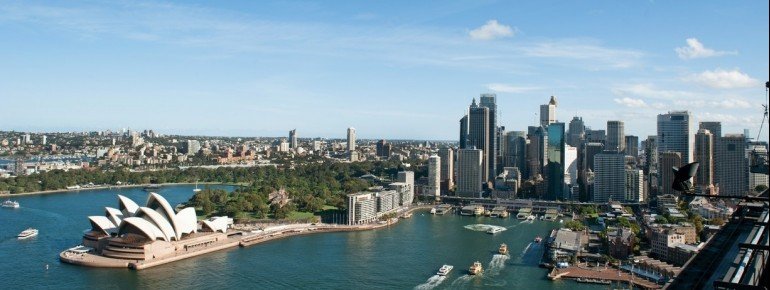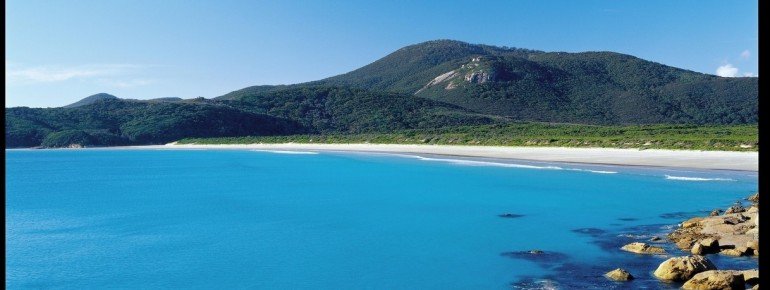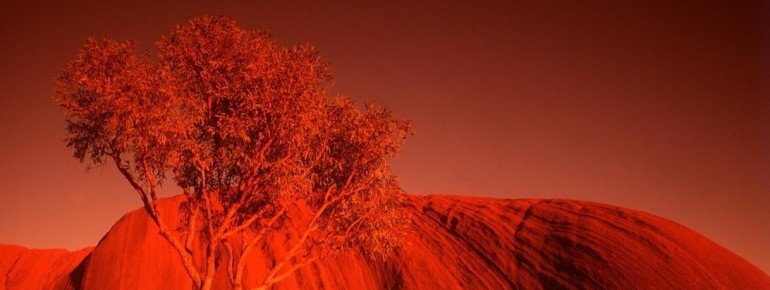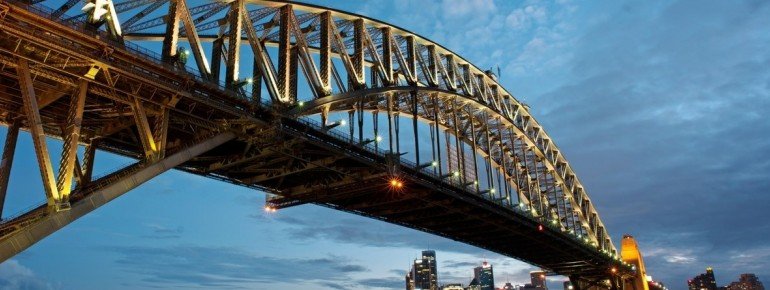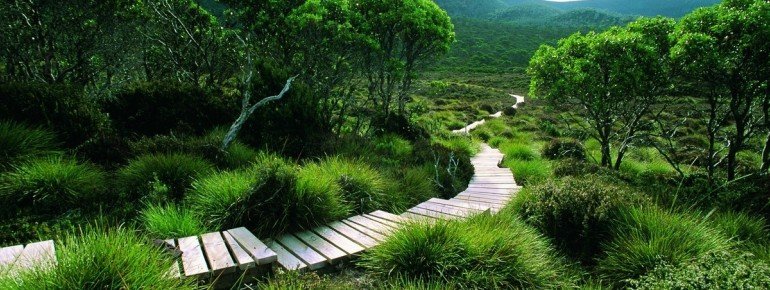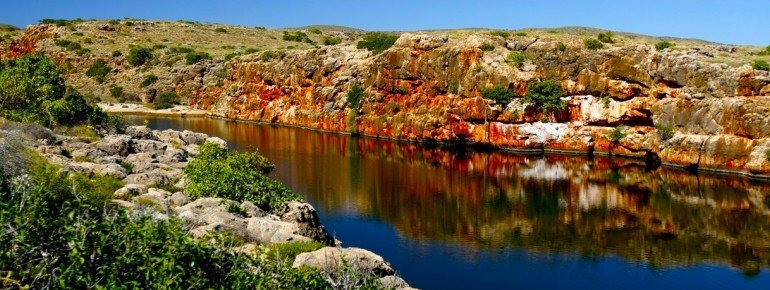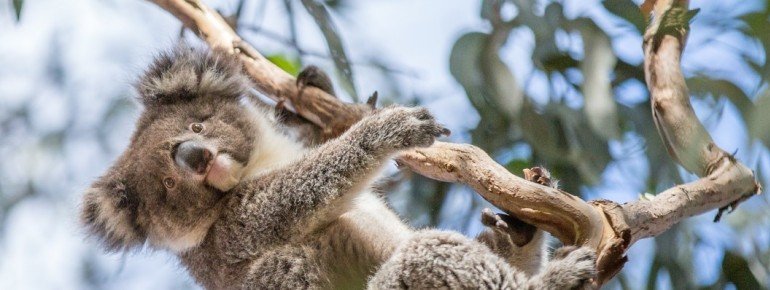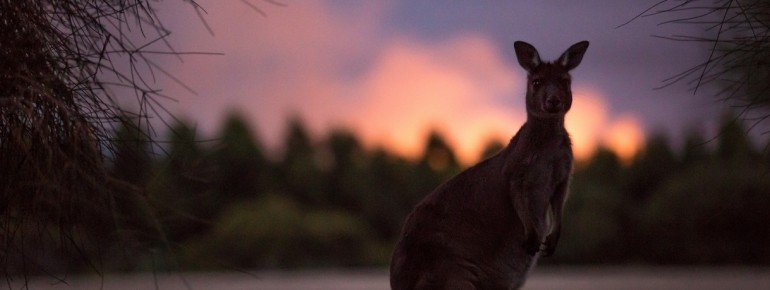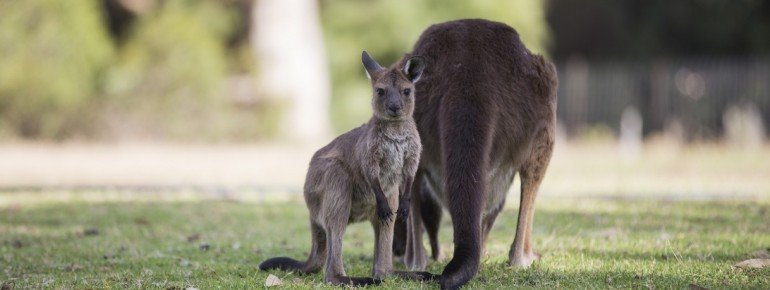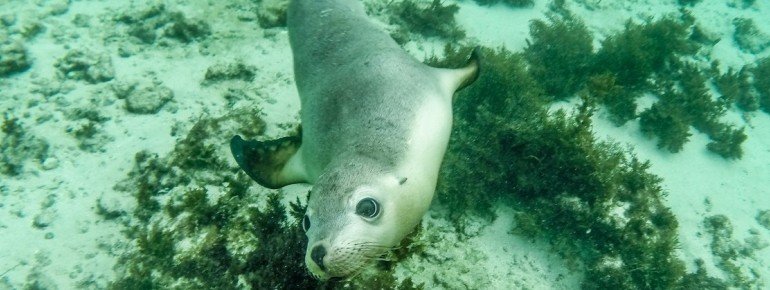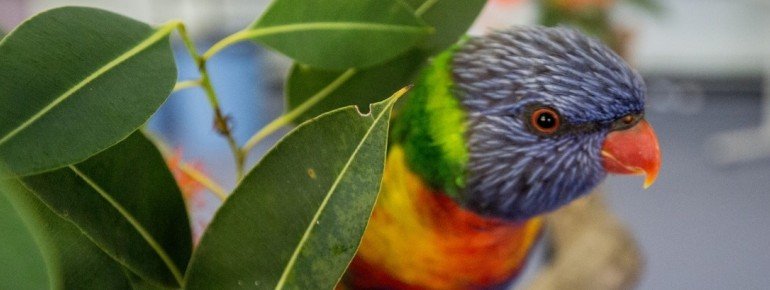The Largest Island and Smallest Continent in the World
Australia encompasses a total surface of 7.69 million km² (2.96 million sq mi), making Australia the sixth largest state behind Russia, Canada, China, USA and Brazil. It is at the same time the largest island and the smallest continent. From north to south, the country spans a distance of 3,700 km (2,300 mi) and from west to east 4,000 km (2,485 mi). The surrounding ocean surface is the third largest in the world, spread over three oceans with over 12 million km² (4.63 million sq mi) of surface. More than 80% of the Australian population, i.e. approximately 23 million inhabitants, lives nearby the sea.
The Federal States and the Territories
Australia consists of six federal states and two territories, New South Wales being the oldest and most populated federal state. Although Victoria is the smallest federal state, population-wise it takes the second place. Melbourne, Victoria's capital, is the second-largest city in the country. Queensland is the second-largest federal state with Brisbane being its capital and the third-largest city. Thinking of Queensland one will immediately be reminded of the Great Barrier Reef, a paradise for water sports enthusiasts and athletes. South Australia is located in the southern parts of the continent and is thus home to some of the driest (arid) areas of Australia. Adelaide, its capital, is the fifth-largest city of the country. Western Australia is the largest federal state. Approximately 75% of the Western Australian population live in Perth, its capital city and fourth largest in the whole of Australia. Tasmania, last but not least, is the sixth federal state of the continent, but is an island on its own. It is separated from mainland Australia by the Bass Strait. Its capital, Hobart, once used to be a penal colony, is thus the second-oldest city, just after Sydney. Canberra is the capital and the seat of government, located approximately 300 km (186 mi) south of Sydney and thus within the range of the Australian capital city territory. The other one is the Northern territory. Darwin, its capital, is located just by the northern coast. Alice Springs is more known, though. The city is sited almost exactly in the centre of the territory. Ayers Rock and Kata Tjuta are also situated here.
Historical Background
The indigenous inhabitants of Australia, the Aboriginies, have settled on the continent of Australia for more than 50,000 years. It is assumed that the first settlers came here by boat from Southeast Asia during the last Ice Age. Australia was discovered during the European Colonial and Imperial Age. It was first discovered by Captain James Cook in 1770 and immediately declared European territory. Henceforth, Australia, formerly known as Terra Australis, was established as a penal colony by the English. Soldiers, civil servants and freed prisoners were cultivating the land and constantly kept exploring it.
In 1851 gold was discovered in New South Wales and in central Victoria, attracting many gold diggers alongside quick wealth and riots. As of 1st January 1901, the six Australian colonies were united, making Australia a sovereign state and nation.
